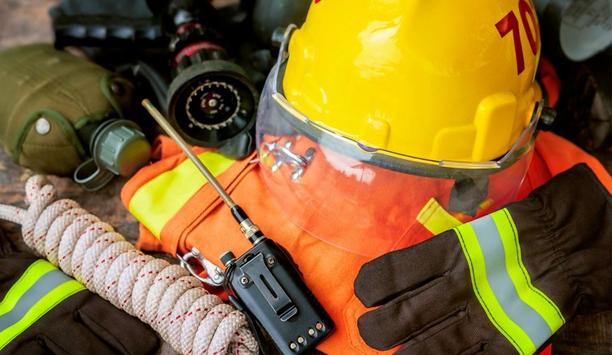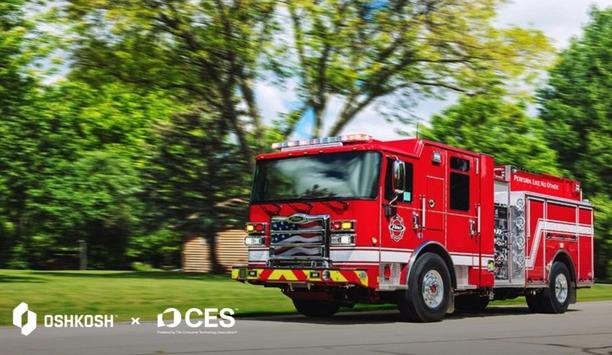Word of changes in the NFPA #1901 Standard on Automotive Fire Apparatus (2003 edition) and the corresponding recommendations noted in Annex A and Annex D are starting to filter into fire departments throughout the United States.
The initial laughter from those that read it is often replaced with a sense of being totally overwhelmed. With the ultimate goal being the safety and well-being of the firefighter, this standard will have far-reaching effects on apparatus design and how we, as firefighters, will function in the future. One section of the Standard – Annex D – Guidelines for First Line and Reserve Apparatus, clearly recommends an apparatus built before 1979 or not meeting previous NFPA guidelines, should either be considered for upgrade or replaced. It also goes on to suggest that apparatus designed and built to either the 1979 or 1985 editions of the standard be placed in reserve status and upgraded to meet the newer standard revision levels. This wording can be either a powerful tool to fire department administrators as they work to improve their fleets or a financial burden on smaller departments with seldom used, but well maintained, apparatus. No matter how you look at it, change is coming.
Annex A also has some great recommendations for firefighter safety and survivability. Sections A.15.3.1, A.16.7.9, and A.18.7.9 all recommend "where possible," that all steps be taken in the design of the apparatus to "reduce the need of the firefighter to climb to, or operate from, the top of the apparatus." This includes the suggested use of powered equipment racks, bringing attack lines lower on the apparatus so they are easier to pull and repack, providing for the checking of apparatus fluid levels from ground level, and one item that especially catches the eye of anyone involved in fire streams management, the use of a remote-controlled monitor.
So, the question remains, "Is the DAY of the Firefighter Standing and Using a Deck Gun from the TOP of the Truck OVER?" It may be if standards such as NFPA #1901 and OSHA, state, and local safety workplace guidelines are followed. It also may be if fire suppression agencies see the continued need for this typically defensive tool, and rural agencies with water supply challenges understand the need for it. But, it has no chance of being accepted unless manufacturers of this equipment solve some of the following problems:
Reliability of electrical components (wiring, connectors, chip boards, and electrical interfaces)
Challenges to OEMs on installation procedures.
Electric and hydraulic motors that are more dependable and "hardened" for the rugged fire ground environment.
The size and weight are reduced.
Poor stream performance, excessive friction loss and internal stream turbulence are improved.
Field service and warranty issues are managed effectively.
But, until that happens, you can still expect to see manual monitors on new apparatus deliveries and firefighters crawling across the tops of trucks to use deck guns, pack hose, and get equipment. So, what does the future hold? A mix of manual and remote-controlled monitors being specified and installed; current remote controlled monitor producers working to improve designs, durability, and performance; and fire departments with limited staffing continuing to use the new lightweight portable monitors, such as TFT’s Blitzfire and Crossfire, more and more for their heavy stream applications.
Change will happen when firefighters find equipment that provides safety, functionality, and durability, as well as a high level of service and support. As to who builds the equipment that will meet and exceed their customers’ needs…the next chapter is only beginning.











